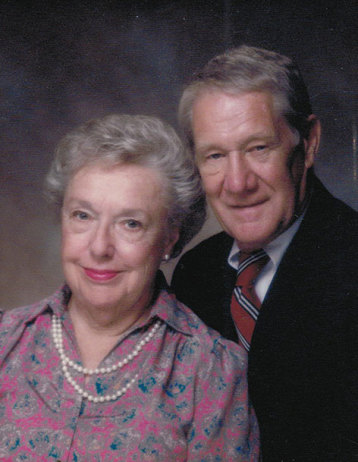Schuster Biomechanics
Schuster biomechanics
The science of biomechanics of the foot and lower leg goes back many years to the mid-1950’s when supportive foot therapy was first recommended for foot and leg pain.
In the early 1960’s podiatrists like Merton Root, D.P.M. and Richard Schuster, D.P.M. were teaching their philosophies of arch supports and functional orthotics.
Schuster favored flexible, non-compressible materials while Root felt that rigid materials were necessary. Although current literature in podiatric biomechanics still teaches both theories, the tenets of Dr. Schuster are the basis of Dr. Coffin’s philosophy.
In a recent article, “Podiatric Biomechanics: Was Schuster Right After All?” John McNerney,D.P.M. summarizes by noting that podiatric biomechanics is not an exact science, but many prior teachings have been found faulty.
“Dr. R. O. Schuster armed with only a sharp, inquisitive and biomechanical mind, keen powers of observation, and consummate clinical skill, started teaching a philosophy of podiatric biomechanics that often went counter to the mainstream of podiatric thought. While few in or out of the profession espoused his teachings, current technology has shown much of his method to be correct.”

Dr. & Mrs. Richard Schuster. Dr. Coffin spent many years studying with Dr. Schuster, his uncle Dick, whose wife Grace was his father’s sister. Dr. Coffin credits his uncle with grounding him in his theories of biomechanics and his aunt with offering him unending support.
Influence on Coffin
Dr. Coffin is Dr. Richard Schuster’s nephew and the influence for Dr. Coffin to became interested in becoming a podiatrist specializing in biomechanics and orthotics. In fact, the family background in podiatry extends back more than 100 years to Richard’s father and Uncle Otto F. Schuster of New York who were among the early chiropodists and orthotic manufacturers.
Dr. Richard Schuster’s orthotics laboratory in College Point, NY, was Dr. Coffin’s learning ground. In the summers of his undergraduate years and while a student the New York College of Podiatric Medicine, Dr. Coffin worked in the orthotics laboratory alongside his uncle. He, too, has a deep understanding of biomechanics with an analytical mind that takes pride in designing ways to make exceptional, effective orthotics.
Dr. Coffin gained many insights on biomechanics of the foot by helping with research and development of lectures and published articles on sports podiatry and orthotics. Dr. Schuster was head of the orthopedics department at the New York College of Podiatric Medicine, a charter member of the American Academy of Podiatric Sports Medicine and regular columnist for The Runner magazine.
